The Atlases
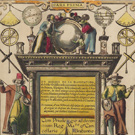
Du miroir de la navigation
(1590)
Waghenaer, Lucas Janszoon
A general map of Europe’s west coast as well as 47 detailed charts, ranging from Cadiz in the south to the White Sea in the north
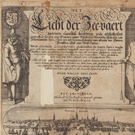
The light of navigation
(1623)
Blaeu, Willem Janszoon
Detailed instruction on celestial navigation; 41 charts for orientation to the coasts of the Netherlands, France, Spain, Portugal, the British Isles, Norway, the Baltic Sea, and North Sea
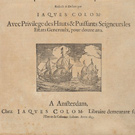
L’ardante ou flamboyante colomne de la mer
(1633)
Colom, Jacob
42 charts covering the navigation from the White Sea and Baltic to the Straits of Gibraltar
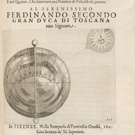
Dell’ arcano del mare
(1646)
Dudley, Robert, Sir
First printed English atlas of nautical charts covering all parts of the known world; it pioneered in the use of the Mercator projection
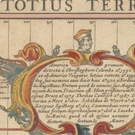
Dutch sea atlas
(1654)
Wit, Frederik de
Small sea atlas, ranging from Spitzbergen in the north to the Cape of Good Hope in the south; it includes coasts of western Europe as well as western and southern Africa, the Caribbean and the east coast of North America, southeast and east Asia
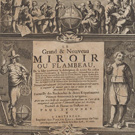
Le grand & nouveau miroir ou flambeau de la mer
(1662)
Pieter Goos
Reproduced here the first two parts focus on the western and northern navigation, including the British Isles, the Netherlands, France, the Iberian Peninsula, and the Canary Islands
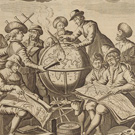
De nieuwe groote lichtende zee-fakkel
(1734)
Keulen, Gerard van.
In its time the most comprehensive pilot book available. The two volumes displayed here focus on the Baltic and the North Sea, the British Isles, the Channel, the Iberian Peninsula, and the Canary Islands
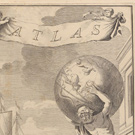
Atlas van zeevaert en koophandel door de geheele weereldt
(1745)
Renard, Louis
This atlas was intended for actual use at sea as well as armchair consultation; although it only contains 32 charts, it offers global coverage from pole to pole, including the coasts of Africa, Asia, and the Americas